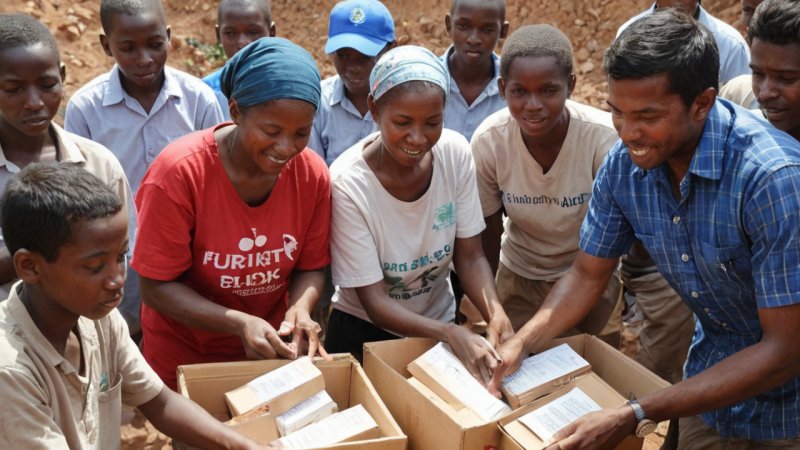Volunteering in humanitarian aid projects around the world is a powerful way to contribute to global change and support communities in need. With a plethora of projects available, potential volunteers can find opportunities that align with their skills, interests, and values. This article aims to provide guidance on how to get involved and make a meaningful impact.
First, it’s essential to identify the areas of humanitarian aid that resonate with you. Whether it’s disaster relief, health care, education, or environmental protection, knowing your passion will help you focus your efforts. Researching various international organizations that focus on these areas is a great starting point. Organizations like Doctors Without Borders, Habitat for Humanity, or the Red Cross have established programs that welcome volunteers from diverse backgrounds.
Once you’ve identified your interest area, take the time to understand the requirements for each organization. Many groups require volunteers to commit for a minimum period, have specific skills, or undergo training. Check their websites for application procedures, eligibility criteria, and upcoming projects. It's crucial to ensure that your skills and availability match what the organization seeks.
Moreover, consider the location of the projects. Some volunteers may prefer to work in regions closer to their home country, while others may be ready to travel to remote areas. Investigating the safety and stability of these locations is also fundamental. Reach out to past volunteers for their insights and experiences, as they can provide valuable information about the local culture, living conditions, and the nature of the work.
Next, prepare yourself for the challenges that come with volunteering abroad. Humanitarian work can be physically and emotionally demanding, especially in areas affected by conflict or natural disasters. Cultivating resilience and adaptability will serve you well in these environments. Additionally, cultural sensitivity is paramount; understanding and respecting local customs and practices will help build trust with the community you aim to serve.
Before embarking on your journey, consider how to fund your volunteer experience. While some organizations cover basic living expenses, others may require volunteers to self-fund their travels. This doesn’t mean you have to bear the entire cost yourself. Seek out scholarships or grants specifically designed for volunteers. Additionally, sharing your mission on social media can inspire friends and family to support you in non-financial ways, such as helping with logistics or spreading awareness.
Finally, once you’ve settled into your role, embrace the opportunity to learn. Every interaction offers a chance to gain insights into the challenges and strengths of the community you’re serving. Building relationships with local individuals and other volunteers can lead to lasting friendships and a deeper understanding of the humanitarian landscape.
In conclusion, volunteering in humanitarian aid projects globally requires a commitment to service, an open heart, and a willingness to engage with diverse cultures. By following these steps, you can embark on a journey that not only benefits those in need but also enriches your own life. The world is full of opportunities for compassionate individuals ready to make a difference—are you ready to answer the call?
Global Volunteerism: Your Path to Humanitarian Aid
Discover how global volunteerism can connect you to impactful humanitarian aid efforts.






